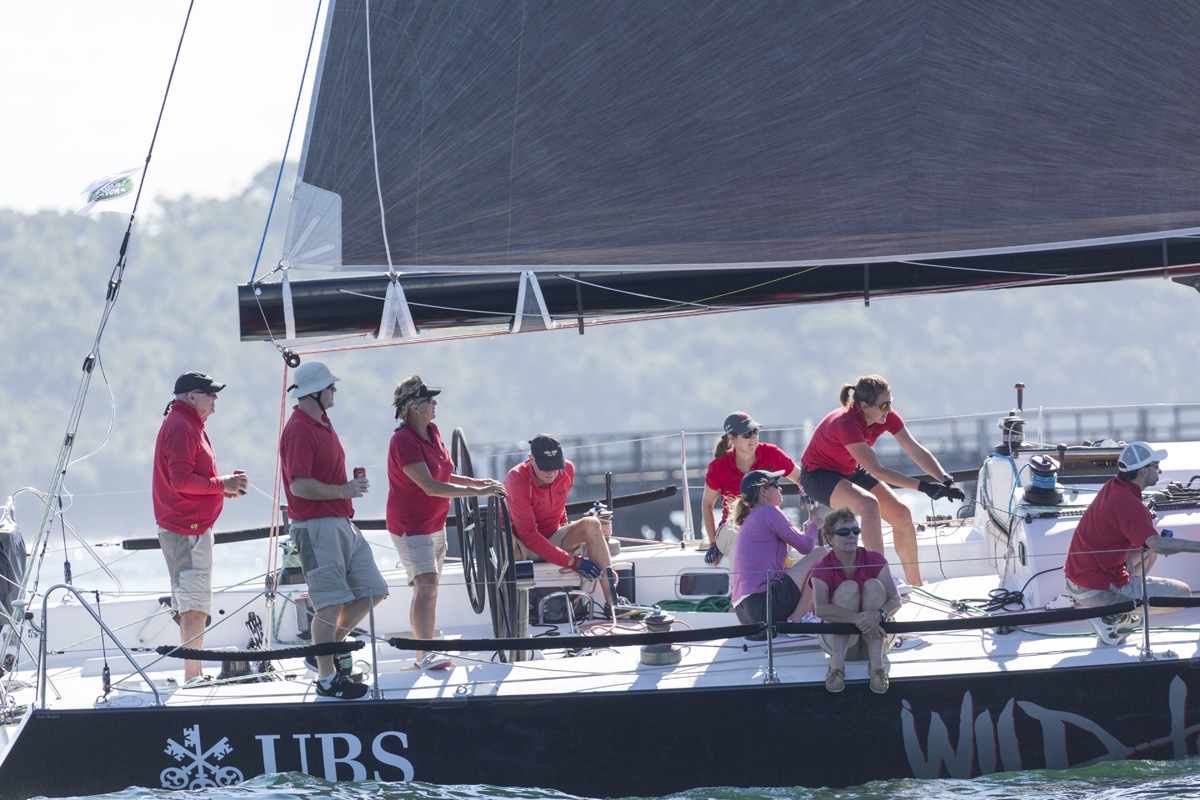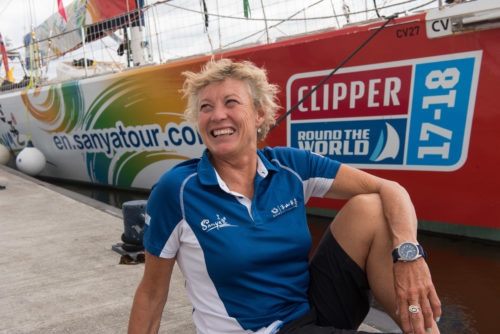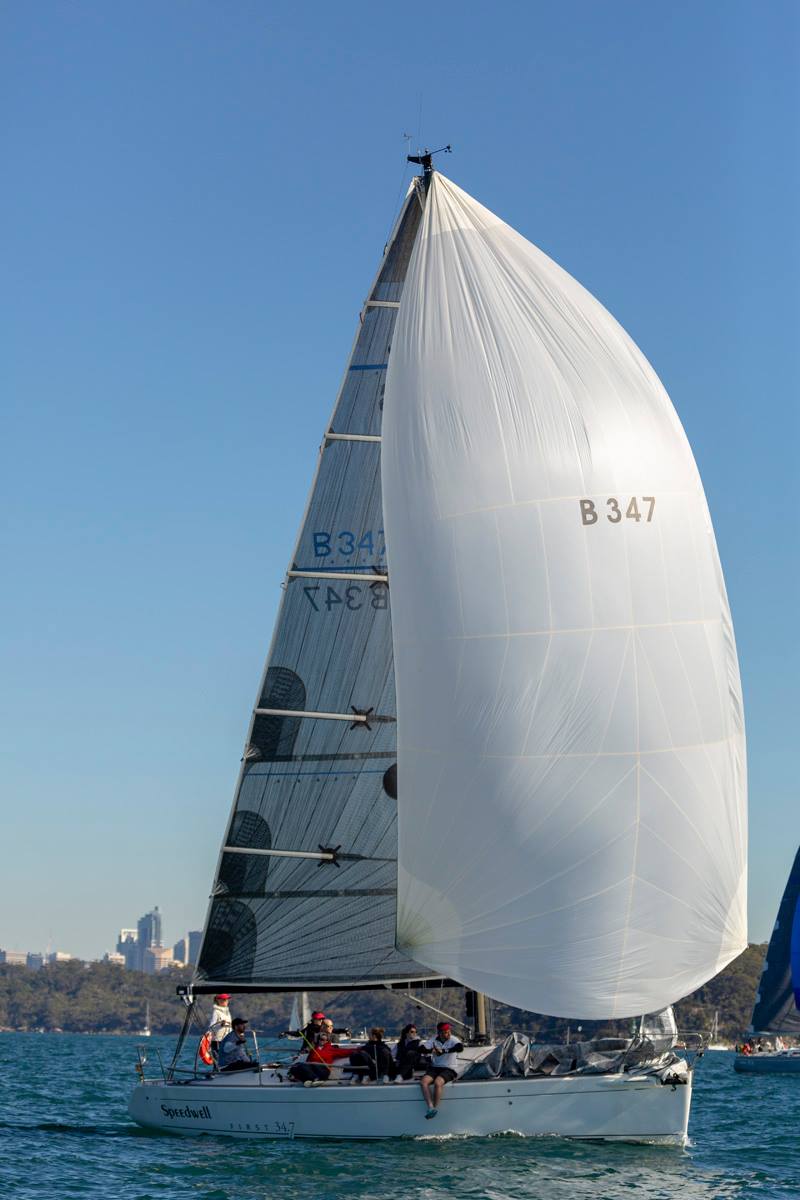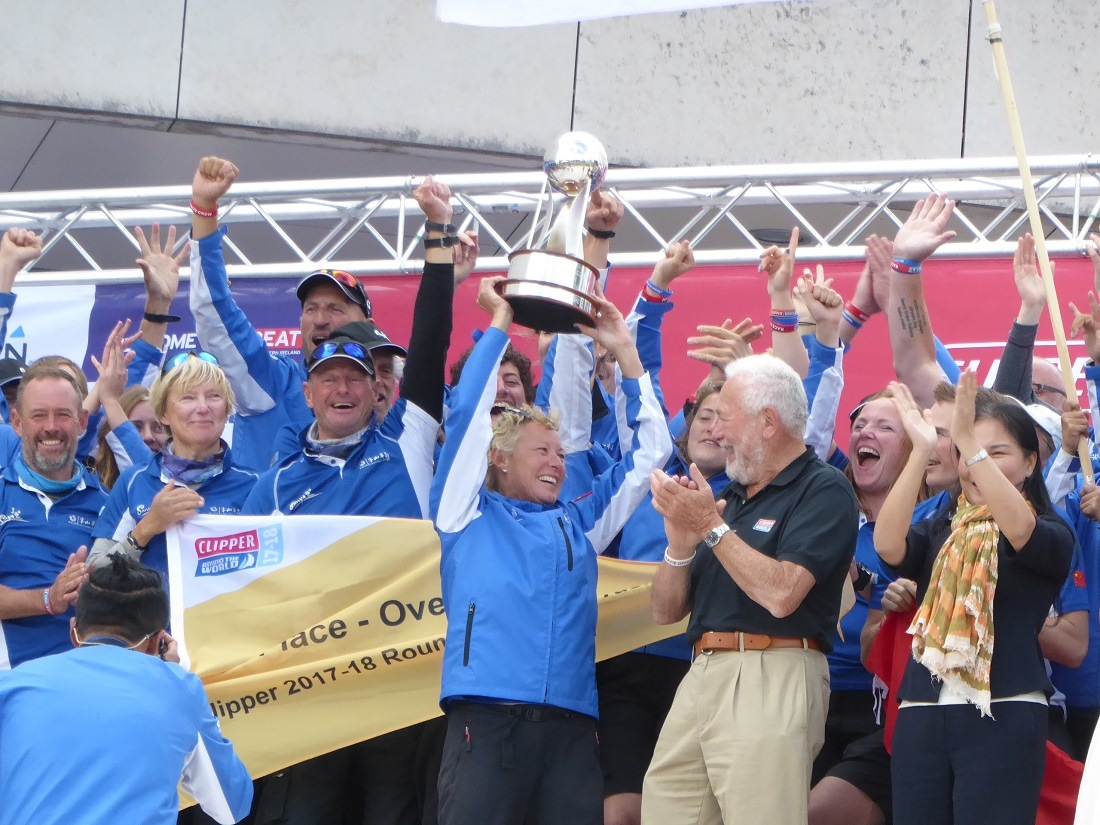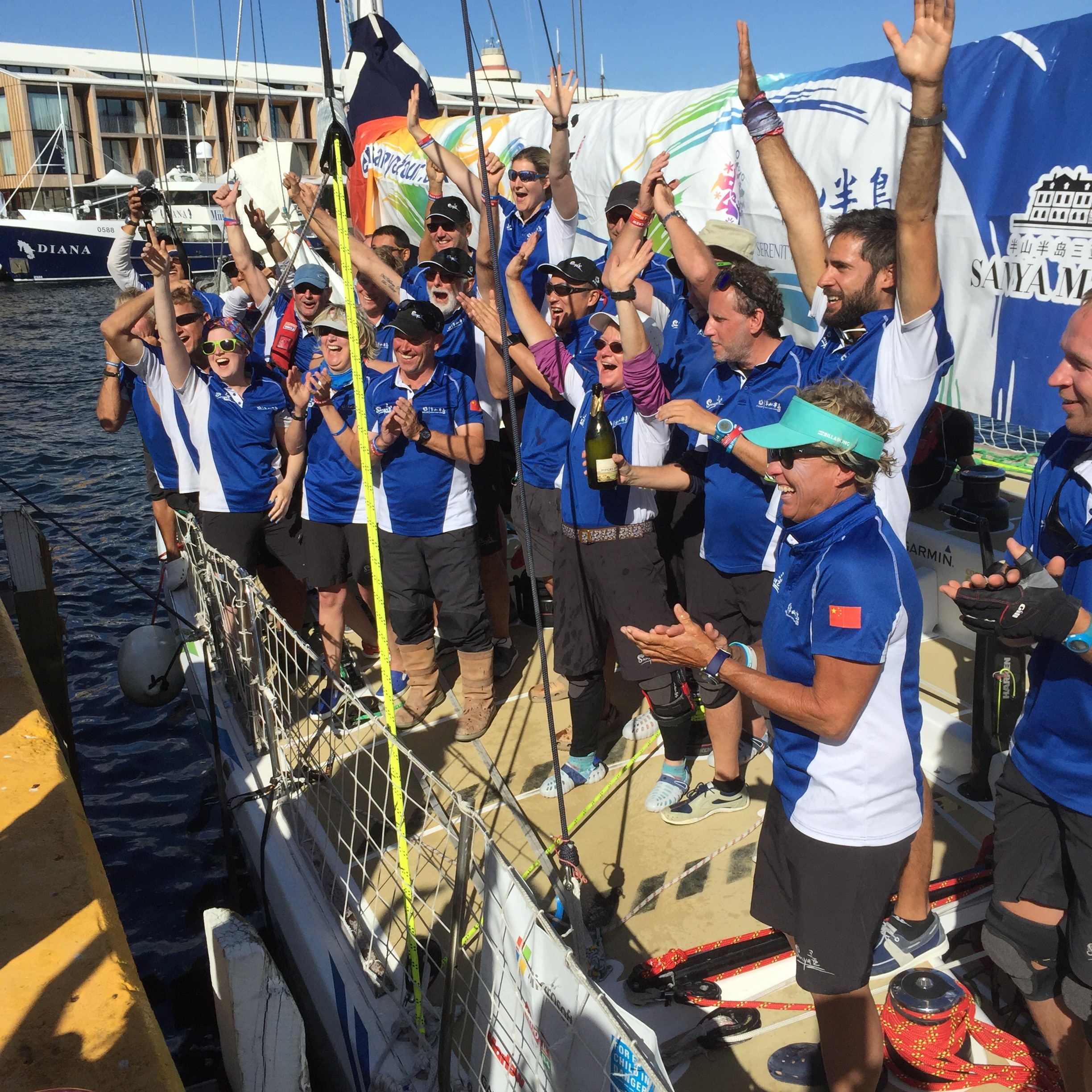Double act
One of Australia’s most accomplished offshore sailors has set her sights on a fresh challenge.
Written by Scott Alle
15 July 2020
Advertisement
Despite her unassuming and down-to-earth manner, Wendy Tuck is a star in offshore racing circles.
In a way, she is better known for her exploits overseas – the first female skipper to win an around the world race in Sanya Serenity Coast in the 2017–2018 Clipper Round the World Race; the first Australian to twice skipper yachts in the Clipper race; nominated for the Rolex World Sailor of the Year; and awarded 2018 Australian Female Sailor and Offshore Sailor of the Year.
Since her Clipper success, ‘Wendo’ has done a stint on the iconic Whitbread racer Maiden, which is now undertaking a circumnavigation and spreading the message of the importance of girls’ education to a global audience.
When the current edition of the Clipper Round the World Race was suspended in Subic Bay, Philippines, in March due to COVID-19, Wendo came back to Australia and began thinking about what might be next on an already highly impressive collection of sailing experiences.
Advertisement
Australia’s world-class, epic double-handed event, the Melbourne–Osaka Race came to mind and, after some chats with an old sailing mate Campbell Geeves, a plan was hatched for a campaign to turn a family Beneteau harbour cruiser into a fully-fledged offshore racer ready for the rigours of two-handed sailing.
I spoke with Wendo about the exciting next chapter in her sailing career.
How did this project come about?
For me, it was always about the next challenge. I wanted to see if I liked two-handed sailing. I’ve done plenty of miles two-up during deliveries and such, but racing is different.
Two-handed is an exciting format and has had a big following in Europe for a while. Finally, it’s happening in Australia. I need a new adventure and this is something different.
Is the immediate goal to compete in the new Short-Handed Division in the 2020 Rolex Sydney Hobart Yacht Race?
Yes, that’s the plan. I was out on the first (CYCA) Winter Series race and was talking about it with an old friend Campbell Geeves and his dad Colin said, “Why don’t you just take this boat?”
So, rather than try and find a boat, we thought it would be easier to work on this one – a Beneteau First 34.7 – get it ready and pick-up a few sponsors to partner in the challenge.
The first thing we are going to do is go out on Thursday because the boat’s never really been offshore. So we are going to bash out through the Heads and see where the water comes in. I’d really like to do the Noakes Sydney to Southport in October, but we’ll see how we’re going. There’s also the CYCA’s Two-Handed Pointscore Series.
So that’s Speedwell, right? What sort of prep will be required?
We need new sails and instruments, auto-helm, a deeper rudder – the rudder is too short so the boat tips out too early. The rig has to come out, it has to be re-insured. Even things like VHF radios and charts. We’ve got quite a bit to do and we are going to start concentrating on it now.
I was supposed to be in the UK doing the Round Ireland Yacht Race, but even though I had permission to leave Australia, it wouldn’t have been socially responsible to come back in.
I understand there are already five or six teams entered in the Hobart short-handed division. It looks like being fairly competitive?
The Hobart is my favourite race anywhere in the world – to do well would be the dream.
I’ve done well fully crewed [Clipper Race Divison winner 2017, 2015], but there are going to be some very tough competitors there; people who have put their hand up, saying they’re aiming for Paris 2024. It will be good to test our mettle against those guys.
A few attributes are required to be a good short-handed sailor. Chief among them is an ability to function on very little sleep, along with versatility and flexibility. Your CV suggests you tick the boxes?
[Laughs.] I think what’s important is to know when you are really tired and be aware of the decisions you make.
During the Clipper Race, the crew knew that when they woke me up after a really deep sleep and they asked me a question if the answer was weird, to ask it again in 15 minutes.
The ability to keep pushing, to keep saying to yourself, I know it won’t be much longer, is important, as is the ability to grab sleep when you can.
How are the responsibilities going to be divided up? Who will have the final say out there?
We’ve talked about that and decided it will be my campaign so the biggest decisions will come down to me. At the moment, Campbell knows the boat better so he’s taking care of the boat stuff.
What I’ve always done with people I trust is to say to them, “What would you do?” You need to ask their opinion otherwise they’ll be swayed by what you’ve said and you don’t get their honest input.
What are you looking at in terms of sails?
We are getting quotes, but it will come down to sponsors. It’s going to be quite an expensive process reconfiguring the boat from inshore to offshore for two-handed.
We are setting it up to run both asymmetrical and symmetrical kites, and we are also looking at getting top-down furlers for the headsails, but it’s all a matter of cost.
Is there something you are looking forward to about this format?
I’m really looking forward to the sense of satisfaction when we’ve finished and to reflect on what we’ve done – just the two of us. Going to the pub and having a beer with the person you have just sailed one of the world’s great yacht races with.
We want to push hard, but be able to have fun and laugh at the end of it. And that’s one of the reasons we want to do it on a relatively small boat – if we do keep stuff up too long then we can get out of trouble.
And 34 feet is a good compromise length? You can physically wrangle most stuff on it?
We did have an offer of a larger boat, but I would rather start off on something smaller for the first year and see how we go.
If it was a long ocean race, it would be different because you do more route planning around weather systems, but on something shorter like the Hobart, you don’t sail too far off the rhumb line.
Safety, obviously, has to be approached a bit differently too?
That’s a key consideration. Getting a kite down and getting back to the other person is a serious exercise so we are going to be practising that – and not on the harbour on a fine day.
For any double-handed sailor, retrieving their co-skipper in rough conditions is the toughest test they face.
Getting back to them, you can just dump everything so that shouldn’t be the hard part – getting them back on board will be the hard part, like any MOB.
Why do think it’s taken a while for the short-handed scene in Australia to regain some momentum?
The sailing base is much smaller here than in the UK and France. The inclusion of the Offshore Mixed Keelboat Event at the Paris 2024 Olympics has created more interest and that’s a good thing.
Now that it’s getting pushed out there more, it’s opening up so many more opportunities for people.
What about sponsors? Have you identified any potential campaign partners?
We haven’t spoken to anyone at all so the opportunity is there for someone to be involved from an early stage. We are trying to think of corporates or companies that would be a good fit for me. I joke I’ve sailed around the world twice in my Crocs so perhaps they might be interested!
Advertisement
Advertisement
Advertisement


